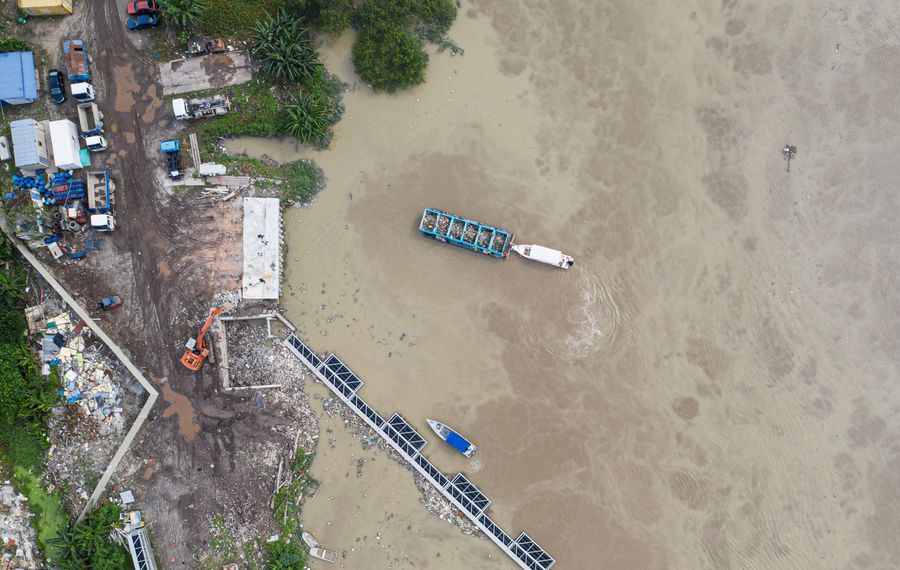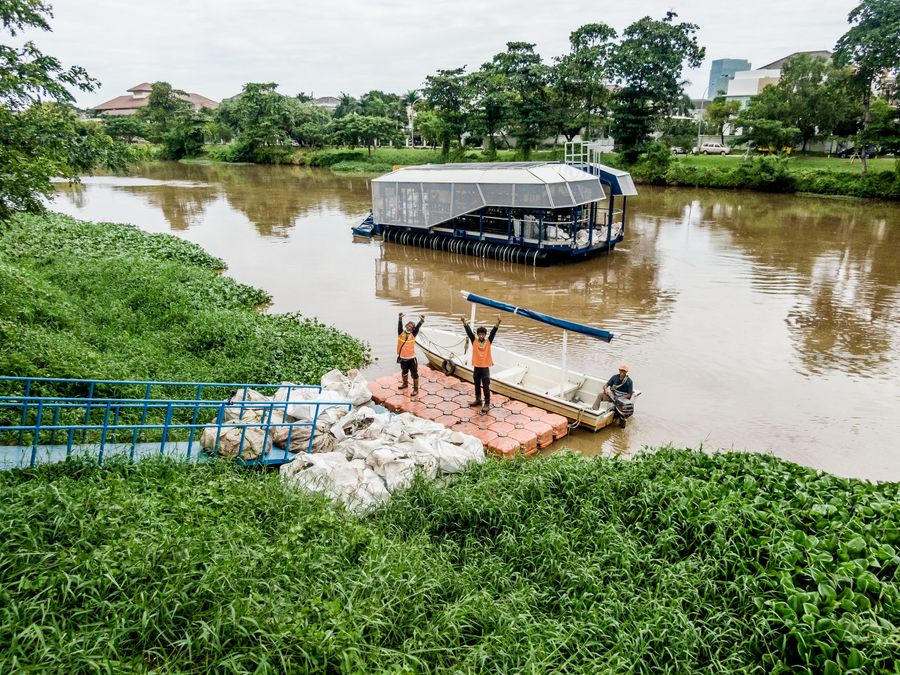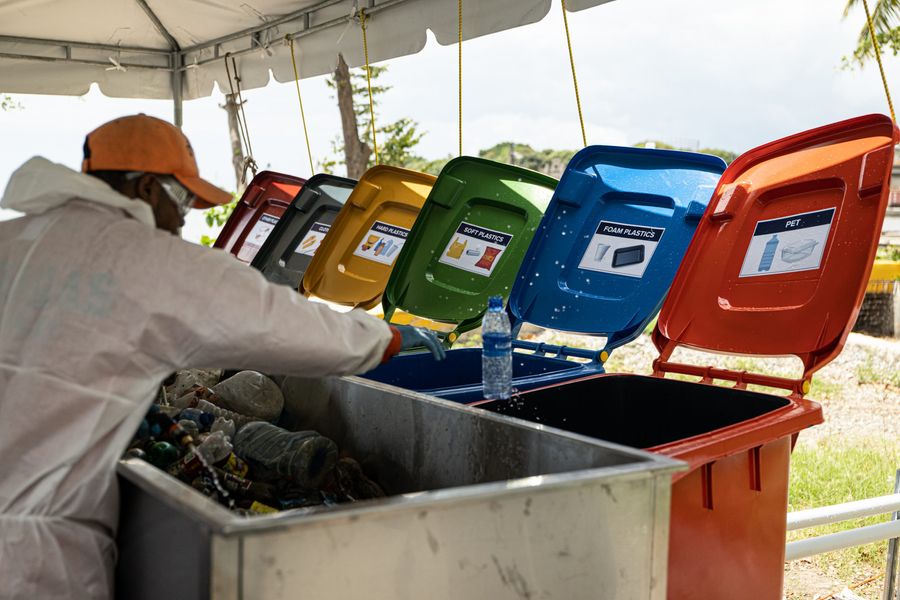
The Numbers Behind Our Catch
Back to updatesAt The Ocean Cleanup, one of the key communication principles we live by is transparency: sharing every step of our journey, whether good news or bad. Our work affects everyone, so we believe it is necessary to be upfront about what we’re doing. In that sense, a common and logical question we often receive is: “How much trash have you collected?” Before sharing these stats, we wanted to ensure a structure and accountability behind our figures.
We therefore chose to have our impact numbers controlled by an independent third-party assurance provider. The definition of trash, ocean plastic, or any other label used to specify what has been collected is ambiguous. To our knowledge, we’re the first organization that has an independent certification body verifying its traceability systems and figures. Since our collection numbers are an essential indicator of the impact of our work and count towards our mission’s progress, we thought we’d better get it right.
To this end, we sought the expertise of independent verification body DNV (Formerly DNV-GL). DNV was central in developing the ocean plastic standard, which is open to all market players seeking to certify a claim of origin for products made with plastic removed from the water.
In verifying our quantitative impact claims, DNV has access to all our documentation and data from our remote sensing devices. A variety of documents and information are used in this verification and include, for instance, offloading records from our ocean catches, receipts from trash recipients and/or waste management agents, photographs, data logfiles, correspondence, assessments of trash compositions, transport records and weigh receipts, and scientific publications.
SO, WHAT ARE OUR NUMBERS?
In 2020, DNV verified our total catch to have been 235,505 kg (just over 500,000 lbs). This is a good starting point for us, especially in the context of 2020, a year in which COVID-19 measures heavily impacted our ability to maintain and expand our fleet of Interceptors. On the other hand, we recognize this is only a small fraction of the total amount of trash that flowed into the oceans in 2020. This catch number refers to the amount of trash removed from rivers in Indonesia, Malaysia, and the Dominican Republic combined. By tripling the number of river deployments and by launching System 002 in the Great Pacific Garbage Patch this summer, we are aiming for a significantly higher catch target for 2021.
Up to and including the first quarter of 2021, as verified by DNV, The Ocean Cleanup has extracted a total of 464,920 kgs of trash (more than 1 million lbs) from our ocean and river programs combined. Going forward we plan to annually report our catch numbers, and whenever we feel it would be appropriate during the year when crossing relevant milestones.






